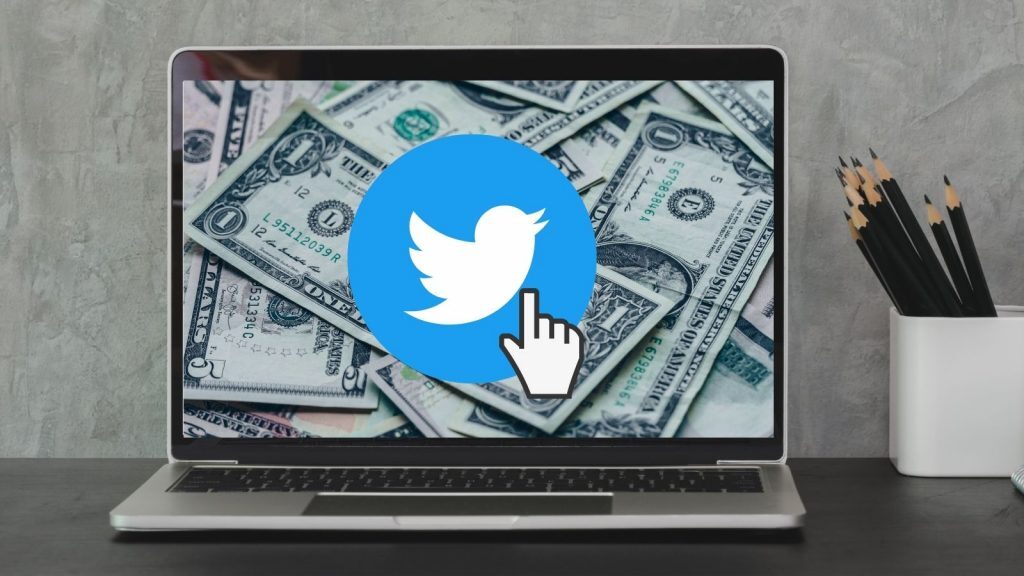We know South Park did a whole bit on this ages ago (circa 2015) but it really has become absolutely impossible to escape ads online. They rear their heads in just about every corner of the internet, and now they’ve discovered new territory to invade: Twitter replies.
Twitter ads to the conversation
Twitter is pretty loaded with ads, to begin with. On a particularly good day for revenue, you’re likely to see an ad for every five posts you scroll through in your feed. Make no mistake, that’s no different from any other social media platform though. Welcome to e-capitalism, friends.
According to Twitter revenue product lead Bruce Falck, the platform is now testing in-conversation ads globally on iOS and Android. Members of the test will apparently see ads after the first, third or eighth reply under a tweet. He also shared a GIF of how this will look.
Starting today, we’re trying something different and testing a new ad format in Tweet conversations. If you’re a part of this test (which is global; on iOS & Android only), you’ll see ads after the first, third or eighth reply under a Tweet. 🗣️ pic.twitter.com/kvIGeYt2vp
— bruce.falck() 🦗 (@boo) October 13, 2021
“We see a big opportunity to build an ad offering that creates value and aligns incentives for creators and advertisers,” Falck goes on to say. “As we experiment with this format over the coming months, we’ll focus on understanding how it performs and how it impacts the people and conversations around it.”
Falck closes by expressing his and Twitter’s excitement on behalf of its advertisers and so-called ‘Tweet authors’. As much as we’re not stoked to have more products beamed into our skulls 24/7, this could look a lot worse. At least the distinction between a reply and an in-convo ad is clear enough. In contrast, some ads on Reddit look exactly like normal posts, which is all kinds of annoying.
Furthermore, while it isn’t confirmed, Falck says that content creators will likely be presented an opt-in opt-out option concerning reply ads, where they’ll get a cut of the ad revenue should they choose to opt-in, meaning we’re not going to see these cropping up everywhere. All in all, we’ve got mixed feelings about this. It’s not something we’re thrilled about, but it could be a lot worse.



